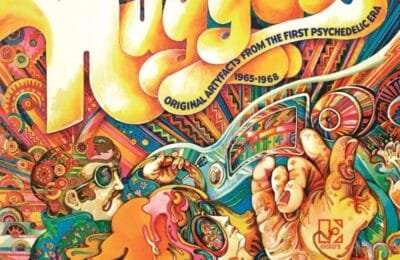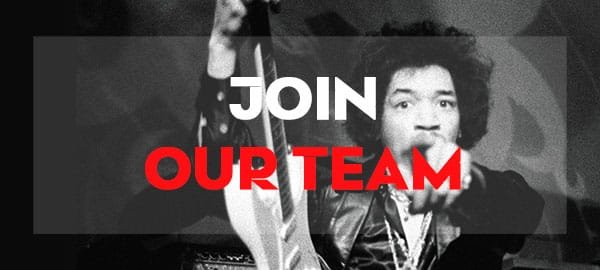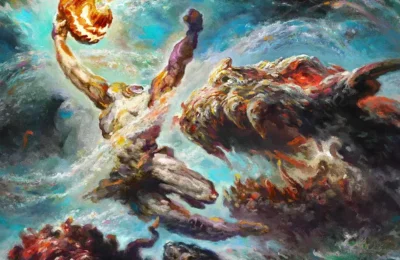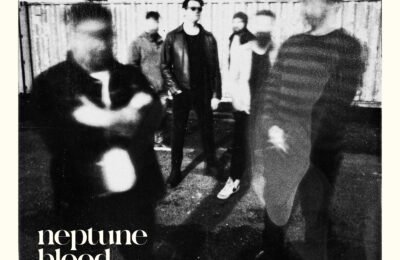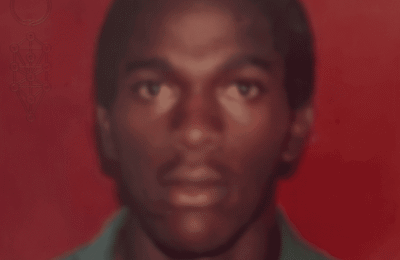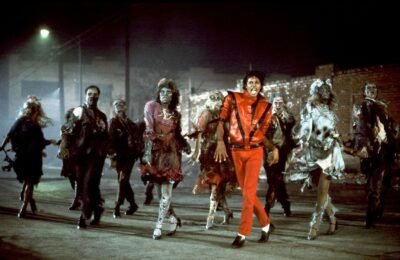The Final Split
Revisiting Rejected Tracks
For Roger Waters, the journey wasn’t quite over. During The Wall sessions, some songs had been discarded for being less impactful or usable. Now, Waters sought to resurrect these tracks. The political climate also fueled his creativity: Margaret Thatcher, often referred to by her critics as the “Iron Lady” or more colorfully, “Mother of All Dogs,” had led Britain into the Falklands War. This decision struck a nerve for Waters, who had grown up fatherless due to war. He took these old tracks, updated them with new themes and messages, and shaped them into a new project titled The Final Cut: Requiem for a Post-War Dream.
David Gilmour objected, questioning, “If these songs weren’t good enough for The Wall, why would they be now?” But Waters stood firm. With Rick Wright gone, Nick Mason uninvolved, and Gilmour as his only opposition, Waters exerted his full control over the project. The atmosphere during recording became unbearable, and Gilmour ultimately agreed to give up some of his creative credits to keep the peace.
Release and Reception
When The Final Cut was released in March 1983, it prominently stated: Lyrics by Roger Waters. Performed by Pink Floyd. This made it clear that the band had taken a backseat to Waters’ vision. The album’s reception was lukewarm. While some loyal fans praised it, many others were deeply disappointed, viewing it as an uninspired continuation of The Wall. Critics weren’t kind either, dismissing it as a lackluster side project. Waters’ vitriolic critique of Thatcher’s war policies also sparked outrage among conservatives.
Signs of the band’s dissolution were apparent. The album’s title itself hinted at a definitive end, and there was no supporting tour. Meanwhile, Gilmour distanced himself by working on his second solo album, About Face, which was released in March 1984. Featuring notable collaborators like Bob Ezrin, Steve Winwood, Jeff Porcaro (Toto), and Pete Townshend, the album had modest aspirations but underscored Gilmour’s desire to keep Pink Floyd alive. He assured fans that the band was not over and that he didn’t intend to permanently go solo.
Waters, however, seemed detached from the band. Instead, he revived an old concept project, The Pros and Cons of Hitch-Hiking. Released in May 1984, it featured Eric Clapton on guitar. Both Waters and Gilmour embarked on their respective promotional tours, playing mostly solo material with only sparse nods to Pink Floyd’s repertoire. By August 1985, Nick Mason had also moved on, releasing Profiles, a largely unnoticed collaborative album with Rick Fenn.
The End of Pink Floyd?
Steve O’Rourke, the band’s manager, watched this drift with concern. He attempted to rebuild bridges between the members, especially as Gilmour never envisioned an end to Pink Floyd. Gilmour and O’Rourke even discussed plans for a new album. But in December 1985, Waters shocked the music world by announcing to EMI and the press that he was leaving Pink Floyd. Moreover, he declared that the band was effectively finished.
Gilmour disagreed. If Waters wanted to leave, that was his choice, but the band could and would continue. Nick Mason sided with Gilmour, and O’Rourke backed the decision. Soon after, rumors of a new Pink Floyd album began circulating.
Legal Battles and Public Feuds
Outraged, Waters responded by taking his former bandmates to court. What followed was a messy public feud, with accusations and statements traded in the press. Waters described his final years with the band as frustrating, claiming his ideas were met with automatic resistance without constructive alternatives. He declared the band “creatively exhausted” and argued that continuing without him would only tarnish its legacy.
Gilmour countered, saying, “Roger Waters demanded more and more control over something that was inherently a collective creation. With The Final Cut, he left us stranded. Well, I’d rather he strand himself… though I wish him success because his talent deserves better than his big mouth!”
Despite the public dispute, EMI leaned toward supporting Gilmour, who covered the legal costs.
The Verdict and Fallout
In December 1986, Q Magazine speculated that Waters might win the case. However, the court ultimately sided with Gilmour and Mason. A new entity under the Pink Floyd name was established, managed by Gilmour, Mason, and O’Rourke. Ownership of the band’s name went to Gilmour and Mason, but Waters retained a significant stake. In addition to a portion of the company’s profits, he secured nearly 40% of royalties, ensuring financial comfort for life.
Although Waters walked away with a favorable settlement, he remained convinced that Pink Floyd would falter without him. Believing himself to be the group’s creative backbone, he declared that the band could never replicate its previous success. Thus began a competitive race: Waters versus the new Pink Floyd.


